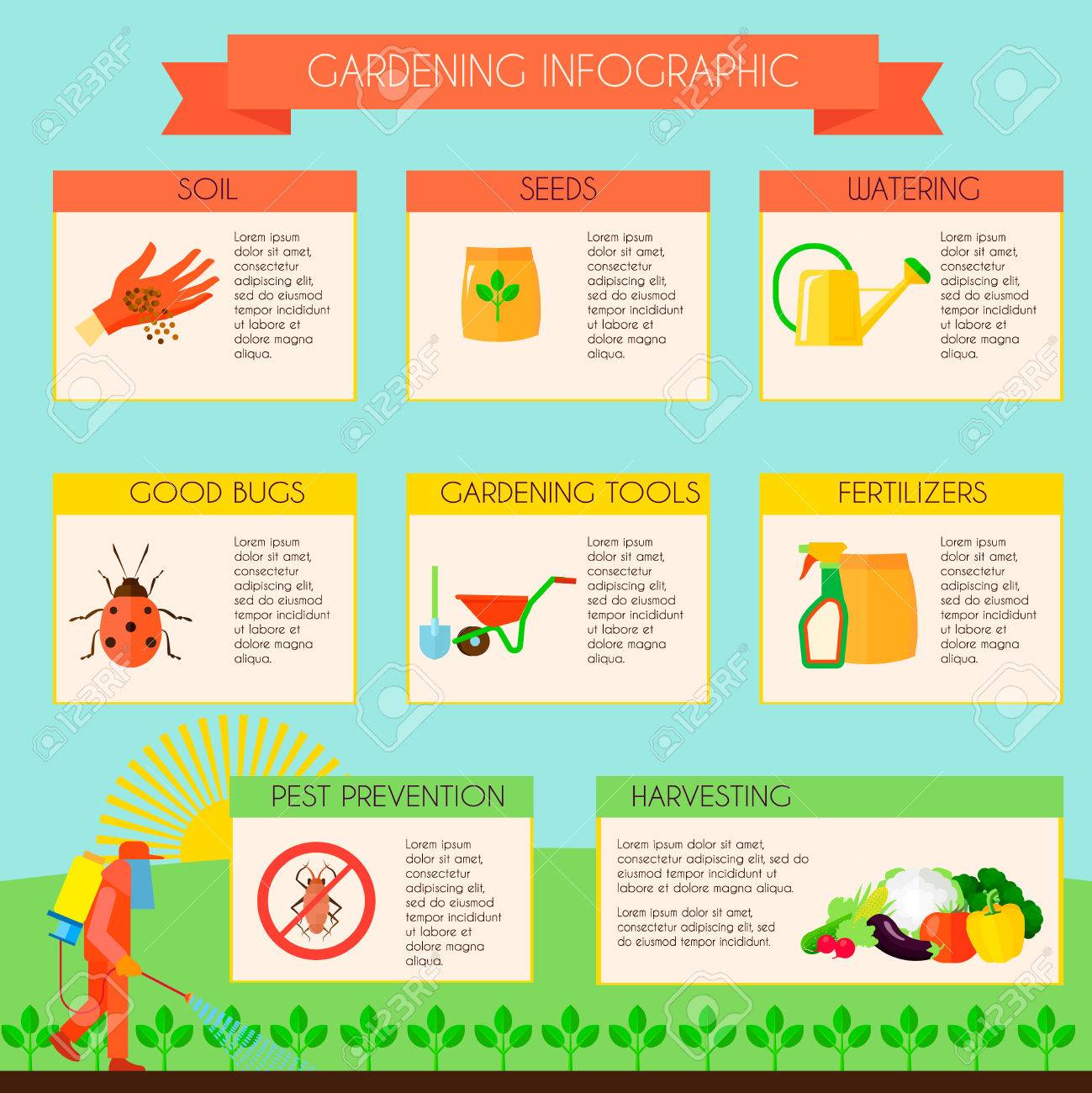Profit From Your Understanding Of Rodent Nesting Patterns To Outmaneuver These Pests And Fine-Tune Your Rodent Administration Strategies
Profit From Your Understanding Of Rodent Nesting Patterns To Outmaneuver These Pests And Fine-Tune Your Rodent Administration Strategies
Blog Article
Post Writer-TRUE Waugh
When it concerns rodent control, understanding usual rodent behavior is vital to successfully handling invasions. Did you know that rats have some remarkable nesting habits that might amaze you? By discovering their complex actions, you can gain valuable understandings right into exactly how to tackle rodent problems in an extra critical and effective manner. So, allow's untangle the mysteries behind these animals' actions and discover how to outsmart them in your rodent control efforts.
Rodent Nesting Habits
When observing rodents in their natural habitat, you'll observe that they actively seek materials to create their nests. Rodents, such as mice and rats, are clever animals that use a range of products like branches, leaves, paper, and fabric to construct their homes. They're careful in their nest-building procedure, typically lining their nests with softer materials like hair or feathers to create a comfortable atmosphere.
Rats choose to construct their nests in concealed and safe places to safeguard themselves and their young from killers. Common nesting spots consist of wall tooth cavities, attic rooms, basements, and also within insulation products. By constructing best way to treat yard for fleas in these private areas, rats can safely raise their spawn far from possible threats.
It is essential to comprehend the nesting practices of rats when applying control steps. By disrupting their nests or getting rid of products, you can prevent rodents from developing a visibility in your house or home. exterminator for mice in walls and sealing access points are likewise important action in protecting against rodent infestations.
Rat Feeding Patterns
After observing rodents' nesting behaviors, it ends up being evident that their feeding patterns play a critical function in their daily lives and habits. Rodents, including computer mice and rats, are opportunistic feeders, meaning they'll take in whatever food resource is readily available. They're largely nighttime animals, favoring to forage for food throughout the cover of evening to avoid predators.
Rodents have a diverse diet, ranging from grains, seeds, fruits, and veggies to bugs, nuts, and even little pets. This flexibility in their food options allows them to flourish in different atmospheres, consisting of urban areas where human food sources are abundant.
Their feeding patterns aren't just driven by hunger yet likewise by the demand to stockpile food for times of scarcity. This habits is especially obvious in preparation for cold weather or when nesting. Rodents are understood to hoard food in their nests or burrows, ensuring a constant food supply. Comprehending their feeding patterns is important in implementing effective rodent control procedures to disrupt their food resources and stop infestations.
Rodent Movement and Traveling
Rats navigate their environments with dexterity and stealth, utilizing their eager detects to move quickly via their atmospheres. These animals are experienced climbers, able to scale wall surfaces and vertical surfaces with ease. They can likewise squeeze with remarkably tiny openings, making it vital to seal any type of prospective entry factors in your house.
When it comes to traveling, rats have a tendency to adhere to familiar courses, creating trails along walls or skirting the sides of rooms. They're creatures of habit, often sticking to these established paths as they forage for food or explore their surroundings.
Rodents are understood for their nighttime behaviors, so you might hear them scurrying around in the evening as they look for food and water. Their activities are quick and irregular, allowing them to dart in and out of view in the blink of an eye.
Understanding exactly how rats move and travel can assist you determine prospective infestation areas in your house and take proactive actions to prevent these pests from obtaining a foothold.
Final thought
As you work to control rats in your home, keep in mind that recognizing their habits is essential. By acknowledging their nesting practices, feeding patterns, and motion, you can properly stop problems.
Together, by taking aggressive actions to eliminate food sources and seal entry points, you can interrupt their acquainted paths and force them to seek brand-new areas, eventually decreasing the possibility of rodent existence in your space.
